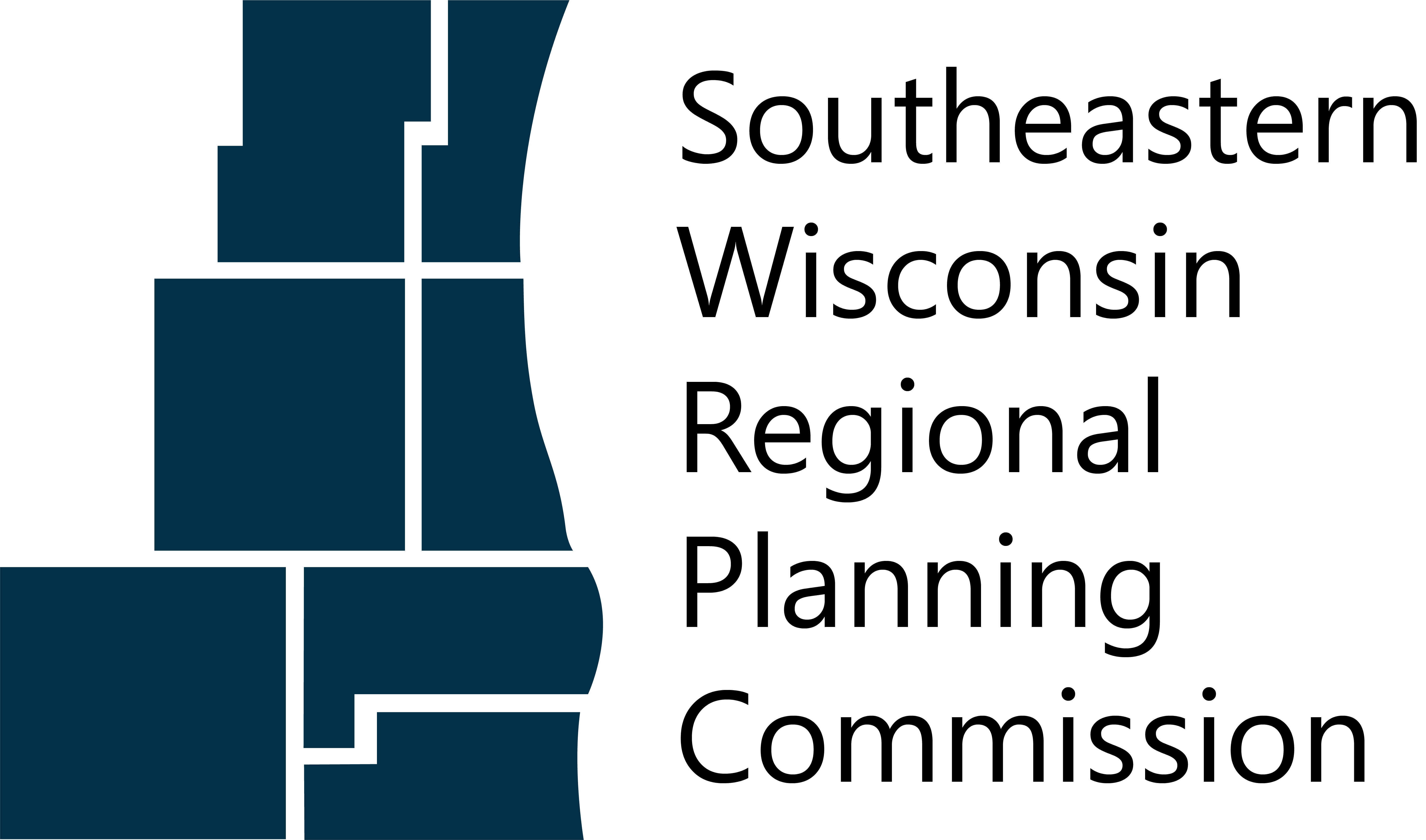Zoning & Ordinances
The Commission prepares planning guides, model ordinances, and other materials to assist county and local governments as they prepare plans and implement ordinances.
Model Guides and Ordinances
Planning Guides and Model Ordinances/Regulations
The Commission has prepared planning guides over the years that serve as manuals of local planning practice. The goal is to improve the overall quality of public planning within the Region and thereby promote sound community development, properly coordinated on a Region-wide basis.
The guides discuss basic planning and plan implementation practice, contain examples of good planning practice, and provide local governments with model ordinances and forms to assist in their everyday planning efforts. Word versions of the models are available upon request.
Zoning Ordinances/Regulations and Zoning Guide Update
The Commission is currently preparing an update to its Zoning Guide. Materials prepared as part of this update, along with other relevant regulations, ordinances, and forms, will be posted here as they become available.
Agricultural Regulations
Community Living Arrangements (CLAs)
Nonconforming Uses, Structures, and Lots
Planned Developments
Signs
Bluffs/Ravines, Shorelands, and Floodplains
- Shoreland Zoning Summary
- Model Shoreland Regulations for Cities and Villages (does not include minimum shoreland-wetalnd zoning standards required under Chapter NR 117 of the Wisconsin Administrative Code)
- WDNR Model Shoreland Zoning Ordinance for Counties (includes shoreland-wetland regulations; towns are regulated under county shoreland zoning ordinances)
- Model Lake Michigan Bluff and Ravine Setback Regulations
- WDNR Model Floodplain Ordinance for Cities, Villages, and Counties (towns are regulated under county floodplain ordinances)
Stormwater Management and Erosion and Sedimentation Control Ordinances
Note: These ordinances address primarily stormwater quality (pollutant reduction) and not necessarily stormwater quantity during large rainfall events.
- WDNR Model Ordinances
- WDNR Stormwater Technical Standards
- WDNR Erosion Control and Stormwater Management Standards
- WDNR Stormwater Post-Construction Technical Standards
- Sample Waukesha County Ordinance
- Sample Washington County Ordinance
- Model Local Community Code or Ordinance (contact Washington County planning staff if interested in obtaining a digital version)
Wind Energy Systems and Mobile (Cell) Tower Siting Regulations
- Model Zoning Regulations For Wind Energy Systems
- Model Mobile (Cell) Tower Siting Ordinance from Wisconsin Towns Association (requires a WTA membership to log in)
Other Sample Forms (Models)
Where applicable in the following sample forms (i.e., public notices, resolutions, and ordinances), alternative or additional text a community may wish to consider are shown in [brackets and italics]. Also where applicable, where “Village” appears in italics, “City,” Town,” or “County” may be substituted; where “Village Board” or “Village Board of Supervisors” appears in italics, “City Common Council,” "Town Board," or "County Board" may be substituted; and where “Village President” appears in italics, “Mayor,” Town Chair,” or “County Board Chair” may be substituted. Explanatory information or comments noted in (parentheses and italics) are provided for clarification purposes only and may be removed prior to adoption or approval. Note that these samples have not been reviewed by an attorney and municipal attorney review is strongly recommended.
- Adopting Amendments to Zoning and Land Division Ordinances (including zoning maps) (under development)
- Notice of Combined Public Hearings to Simultaneously Amend Comprehensive Plans and Zoning Maps (Rezoning) (under development)
- Ordinance to Create a Town Plan Commission
- Rules of Procedure for Plan Commissions
- Rules of Procedure for Board of Zoning Appeal
- Bylaws for Advisory Committees (under development)
Landscaping Guides and Invasive Species Eradication
Plant selection guides can help residents and site developers select plants for landscaping in development and redevelopment sites. These guides can also assist local plan commissions and staff when reviewing site plans and landscape plans submitted by developers.
The Commission, in consultation with WDNR and UW-Extension, has developed plant selection guides with lists of plants that are suitable for, and available in, Southeastern Wisconsin. The guides highlight considerations related to plant selection and provides direction and resources on important issues such as invasive species eradication.
Cluster Subdivision Design
Cluster subdivision design, also referred to as open space subdivision design, involves grouping—or “clustering”—dwellings on a portion of a development parcel to preserve the remainder of the parcel in open space. More information can be hound in this overview of cluster subdivision design.
The Commission has also produced the following publications about rural cluster development/open space subdivisions:
